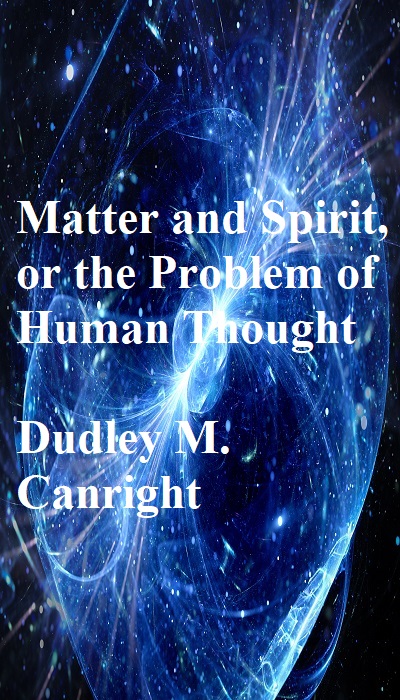

Shadow WorkĪnn believed that people who chose to explore their consciousness with psychedelic drugs and visionary plants used these materials to either have fun or understand themselves as part of their spiritual path. She was an alchemist of the soul and generous with the wisdom she left behind. During her talk, Ann offered insights that reflected her role as a moral compass for the present global expansion of psychedelics. While reflecting on her passing, I transcribed those remarks which you can read here. And it’s all the things you are terrified you might be unconsciously.”Īnn gave a masterful presentation on shadow work at the 2019 Women’s Visionary Congress. The shadow, said Ann, “is all the things you don’t want to be consciously. Ann brought to her investigations a deep understanding of Jungian psychoanalysis which identified the shadow as an inherent part of being human. Moving forward undaunted and with an open heart, Ann’s early work as a lay therapist pointed the way for the present wave of healers, now training to work with psychoactive substances that could significantly improve mental health treatments. Law enforcement agents inspected Sasha’s lab at Shulgin Farm and the shadow of drug prohibition forced many psychedelic explorers in their community to live their lives as outlaws. Ann, Sasha, and their collaborators took great personal risks to pursue this knowledge. As people worldwide are drawn to the resurgent interest and conflicts surrounding the healing potential of psychedelic compounds, these lessons are part of the Shulgin legacy.Īs Sasha rediscovered MDMA and created 2C-B and a host of other psychedelic molecules, Ann and her clients explored these materials when they were still legal for therapy. By remaining fully present in their connection to community, they modeled the compassionate self awareness essential for the creation of collaborative knowledge and mutual support. Many people, especially those whose families did not support their interest in psychedelics, turned to Ann and Sasha as wise elders and upstanding psychedelic citizens. Ann was a consummate hostess, who together with Sasha, had the remarkable ability to welcome people with a wide range of sometimes conflicting perspectives. She was the matriarch of not just her immediate family, but of an extended community of psychedelic practitioners and researchers who gathered at Shulgin Farm throughout the years. In addition to Sasha, Ann married several times, had four children, eight grandchildren, and five great-grandchildren. She trained as an artist and created beautiful art work.

Consul, and lived in several countries before settling in San Francisco in her twenties. When publishers found this work too controversial to print, the Shulgins launched Transform Press to share their findings.Īnn was a worldly person who was born in New Zealand where her father was a U.S. These books, among the many that Ann contributed to over her long career as an author, also told stories about her relationship with Sasha and their culture of collective psychedelic inquiry. She understood that these, and other psychoactive compounds, have the power to access and help integrate the different layers of our psyches, and in particular, the shadow.Īnn and Sasha’s two historic books describing the properties of these materials – PiHKAL: A Chemical Love Story (1991) and TiHKAL: The Continuation (1997) – document the community of healers, scientists, scholars and psychonauts who they collaborated with to bring this knowledge forward. Together with her husband, legendary chemist Alexander “Sasha” Shulgin, Ann recognized the therapeutic potential of MDMA and 2C-B for healing and personal exploration.

Ann Shulgin, who died July 9 at the age of 91, pioneered the field of psychedelic-assisted therapy.


 0 kommentar(er)
0 kommentar(er)
